You will need:
- Dry ice from a local gas supplier
- A small plastic container 1/2 filled with water
- Detergent
- Food colouring
- Tongs & gloves
- Adult supervision
SAFETY: If burnt by dry ice, treat as you would a heat burn, starting with running the injured skin under cool water for 10 minutes. Seek medical treatment
To dispose of dry ice, place container in a well-ventilated area with the lid off, out of reach of children. It will sublimate away naturally over time.
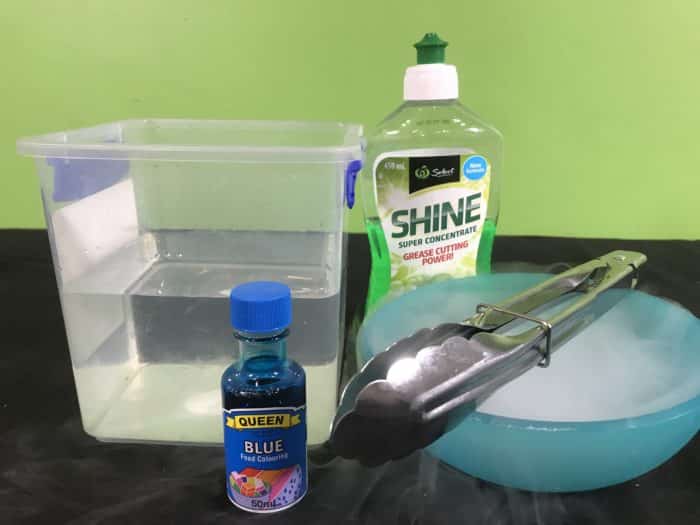
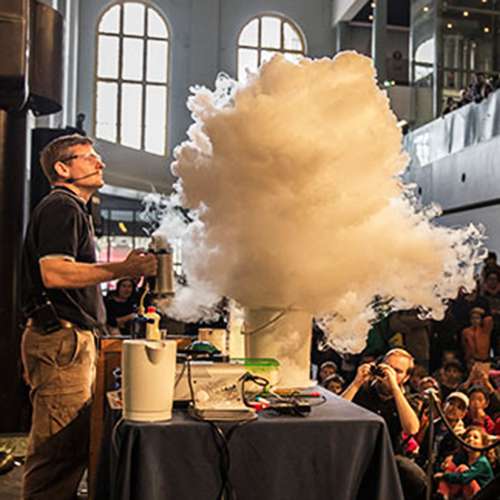
School science visits since 2004!
– Curriculum-linked & award-winning incursions.
– Over 40 primary & high school programs to choose from.
– Designed by experienced educators.
– Over 2 million students reached.
– Face to face incursions & online programs available.
– Early learning centre visits too!
Why Does This Happen?
When you make an ice cube, you invariably trap very minute air bubbles within the ice. The humble ice cube effectively is acting as a time capsule, holding air inside it from when it was formed. Air contains many gases, some of which are suggested to enhance global warming.
As polar ice can be thousands of years old, climatologists work within these remote regions to study the ice for changes in composition of atmospheric gases over thousands of years.
The data is collected from ice cores, effectively long tubes of ice taken from vertical sections of glaciers. As each season produces a different layer of snow, the ice cores can be ‘read’ quite accurately, a process similar to dating sedimentary deposits in riverine areas or the determining seasonal variation using growth rings of trees.
Each year has it’s own record of gases within it, therefore scientists can use this record as a monitoring tool for dramatic changes in our atmosphere. One such dramatic change has been the rapid rise in carbon dioxide levels found within the these ice cores, a gas strongly suspected as causing the most damage in trapping excess solar heat energy within our atmosphere.
Teaching about states of matter? From boiling & freezing, the Liquid Nitrogen show and the Properties of Materials workshop have you covered!
Get in touch with FizzicsEd to find out how we can work with your class.
Liquid Nitrogen Show
Years K to 6
Maximum 60 students
Science show
45 minutes
Online Class Available
STEM Full Day Accelerator - Primary
Designed from real classroom experiences, this modular day helps you create consistently effective science learning that directly address the new curriculum with easily accessible and cost-effective materials.
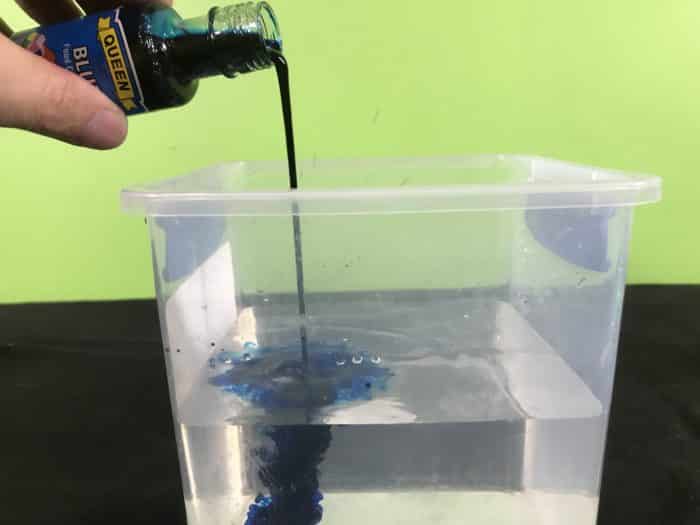
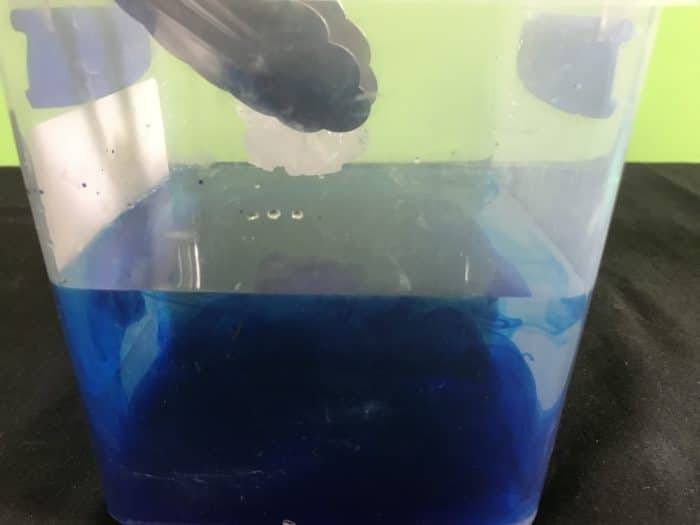
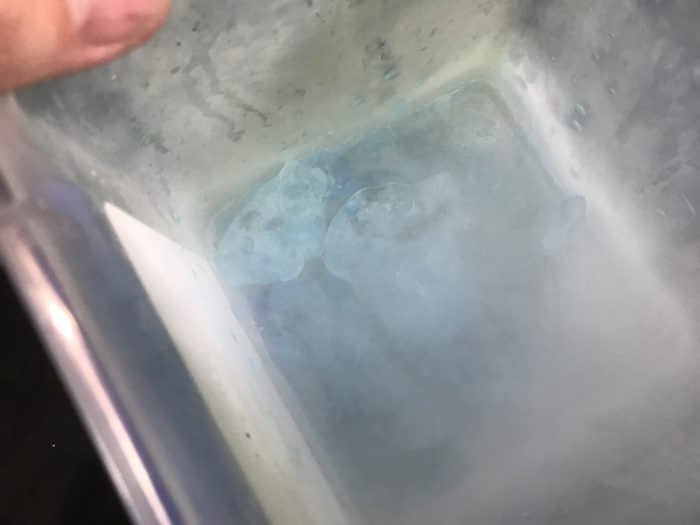
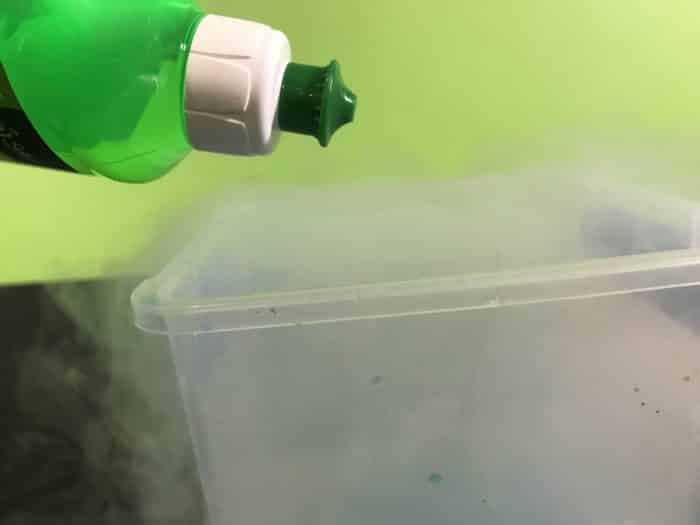
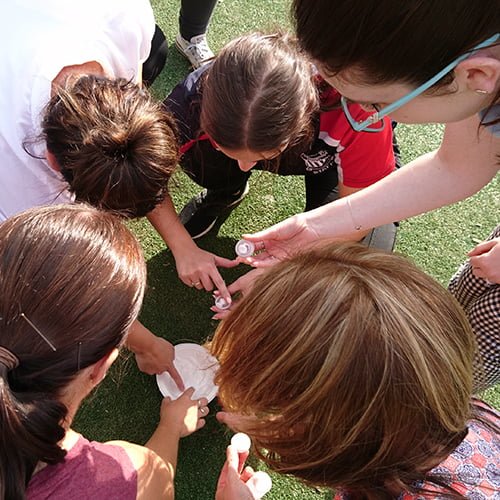

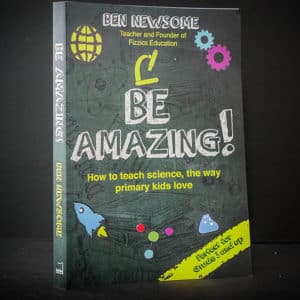























Comments